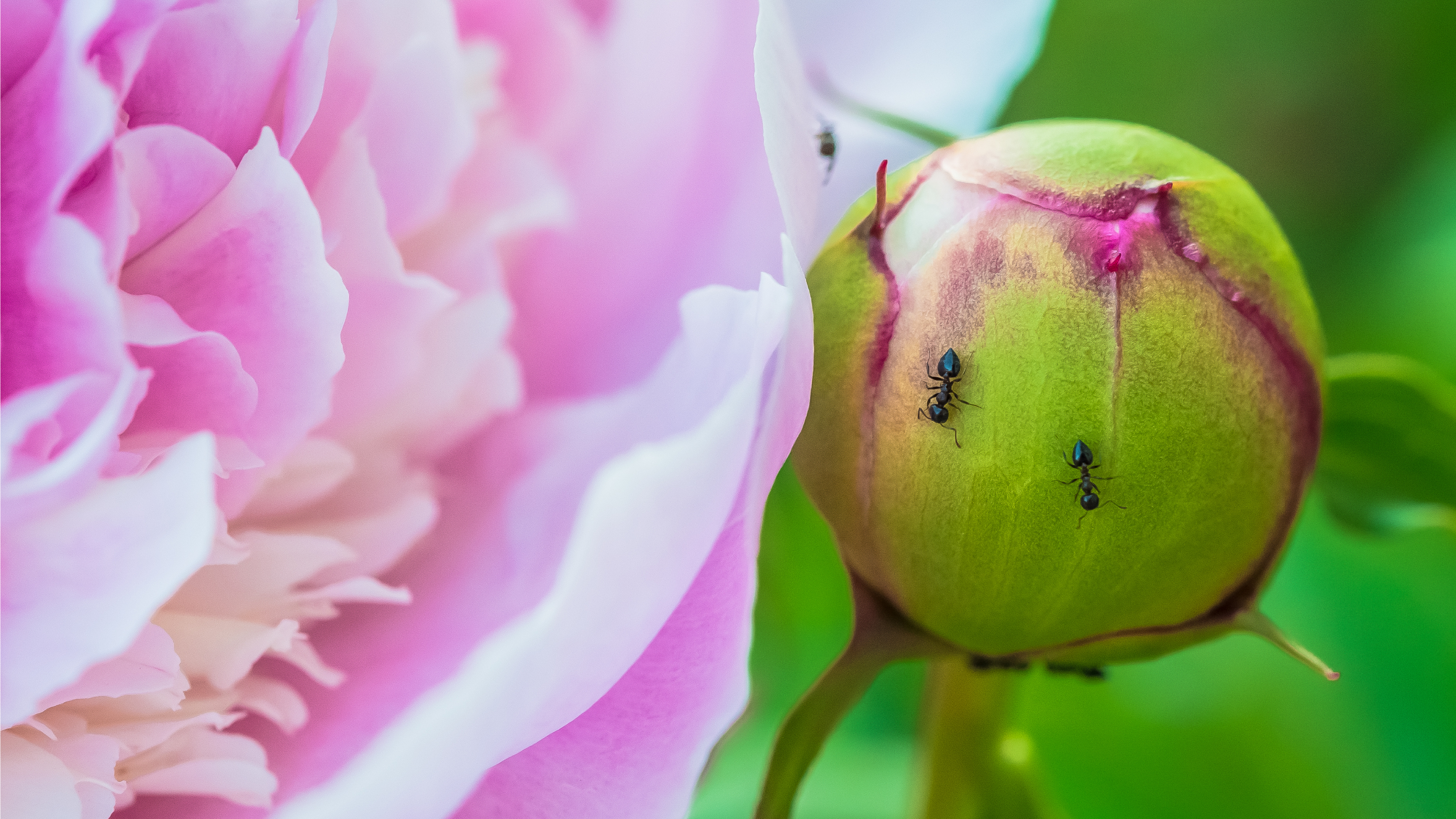Why Are There Ants On My Peonies? Uncovering The Truth Behind This Perennial Mystery
Gardeners love peonies and so do ants. But what do ants on peonies mean? We uncover the truth behind the perennial myth that peonies need ants to bloom.

Any gardener who finds one of their prized perennials covered in insects is sure to feel shocked. But do you need to worry if you find ants on peonies? Some may repeat the old myth that peonies need ants to bloom. But we'll uncover why this is urban legend, dig into the real reason why there are ants on your peonies, and share what you can do about them.
Do Peonies Need Ants to Bloom?
There are several misconceptions and myths surrounding ants and peony buds. However, they do have a hint of truth in them, which is likely why they persist.
One common belief is that ants are required for peony flowers to fully develop. There is no truth to this claim. Ants have no impact on bloom production. Another common misconception is that peonies need ants to bloom. Some even say that ants help pry open peony buds, allowing the flowers to unfurl. So is there any truth to this myth? Do peonies need ants to bloom? No, they don't.
Though ants do not play a role in peonies' ability to bloom, they are beneficial to the plants. Experts suggest that ants aid in pest prevention, which protect peonies as they begin to bloom.
Why Do Peonies Attract Ants?
For first-time growers, finding ants on peony buds may seem a bizarre or unsettling sight. However, this is a wonderful example of mutualism in the garden and no cause for concern. Ants and peonies have a relationship that benefits both parties.
Peonies produce a nectar that ants can't resist. The nectar gives buds a shiny appearance and makes them sticky to the touch. Nectaries (the structures that produce nectar in peony plants) are located just outside each bloom. These outer sepals protect the petals before opening.

The sweet nectar draws ants from the garden to peony buds to feast. Once they are there, ants provide natural pest control for peonies. These beneficial insects not only eat nectar, but also troublemakers like thrips and aphids, which can damage peony plants as they begin to bloom in spring.
Sign up for the Gardening Know How newsletter today and receive a free copy of our e-book "How to Grow Delicious Tomatoes".
Ants also produce pheromone trails that lead other ants to the food source, allowing for large numbers to find the peony bud. This is why you often see peonies teeming with ants in spring as buds begin to open. Don't worry, though, these insects do not harm the plants in any way.
How to Get Ants Off Peonies
Since they don't hurt peonies, it's not necessary to remove ants from plants. If you do, however, want to to get rid of ants on peonies for aesthetic purposes there are several simple and safe ways to do so.
Before breaking out the pesticides, try water. The best way to get rid of ants is a blast from the hose. This quickly and safely gets rid of unwanted ants. The other option is to wait. Once flowers open, most ants will choose to feed elsewhere.
If you intend to use peonies in arrangements and want to get rid of ants before bringing them indoors, the solution is simple. Quickly dip each bloom into cool, clean water after harvest and then blooms are ready for bouquets.

Tonya Barnett has been gardening for 13 years. Flowers are her passion. She has transformed her backyard into a cut flower garden, which she regularly chronicles on her YouTube channel http://www.youtube.com/@tonyawiththeflowers.

